Flow Patrol
My Brother Noah (@mtb_nomo) doing Flow Patrol on a feature he helped create on Redback South.
Dear Reader,
Like any craft, trail-building requires attention to detail and a consciousness of the factors that make the final product successful. A good trail should stand the test of time and weather, as well as be enjoyable and accessible to various user groups. These two elements go hand in hand as poorly-designed trails can easily become rutted out and difficult to navigate (not in a fun, mountain-bike feature way). The desire for good trails often drives builders to employ a sort of all-around quality control, a phenomenon that the Palisades MTB crew refers to as “flow patrol.” The “flow” in “flow patrol” has a double meaning: “flow” refers to both the flow of water and the experience of riding a bike on the trail. Let’s start with the first meaning. Not only is water necessary for life and absolutely delicious, but it can also make or break a trail design. Poor management of water can erode your trail, washing away the many layers of work that you put into it and exposing unwanted roots and rocks that disrupt…you guessed it…the flow of the trail.
Image Courtesy of IMBA Trail Solutions
Thus, it is important to consider the fact that water almost always takes the path of least resistance or “the fall line.” For this reason, the most natural or logical route for building a trail is not always the most sustainable. Instead, to mitigate erosion, builders will often include lots of turns and switchbacks in the trail design and add drains in areas where water might pool. Sadly, the climate crisis has exacerbated our concerns around water. New challenges arise with the increased prevalence of flash foods, unpredictable weather patterns, and heavy precipitation, and the importance of our work in controlling water flow is heightened.
Image Courtesy of IMBA Trail Solutions
As for the second meaning of “flow,” Trail Solutions, a trail-building manual created by the International Mountain Biking Association, establishes three distinct categories of “trail flow” or "rhythm." First, there are “open and flowing” trails, containing “long sightlines, gradual turns, and few technical challenges.” Users of these trails tend to be less-technically-proficient cyclists and people concerned with traveling fast, often to some kind of destination. Next, there are “tight and technical” trails that have “sharper turns and twists, rougher surfaces, a narrower tread, and natural obstacles.” These trails appeal to mountain bikers, and the twist and turns control speed and ensure safe user interactions. However, the technical elements can be alienating to the user groups often drawn to “open and flowing” trails. This is often the motivation behind building the third category of trails or “hybrid” trails, which "successfully blend open flowing with tight and technical” by being “wider, yet twisty with a rocky or technical tread.” This type of trail flow is characterized by long sightlines and wide treads, mitigating user conflict and allowing for them to pass each other safely. Still, technical features are added to keep user speed reasonable and make it more entertaining. The most important elements for achieving proper “hybrid flow” are good transitions. Switches between “open and flowing” and “tight and technical” sections should not be abrupt and should happen gradually or be placed on hilltops. This is where what I like to call “meta-flow” comes in. I would define “meta-flow” as the quality of successfully flowing between different types of flow (take a shot every time I say “flow” in this blog post and you’ll have alcohol poisoning).
Finally, to circle back to the beginning of this essay: how do you achieve this ultimate “meta-flow"? Or rather, how does one patrol this flow? The answer is relatively simple; all you have to do is test it out, particularly at high speeds. Here at PMTB, we often ride the trails on our bikes. In fact, you can find more than one video on our instagram of my brother absolutely sending it on a newly built trail. Another great option for testing the flow of the trail is running along the tread because depending on the athlete, running can mimic the speed of a mountain bike. In my opinion, this type of experimentation is what makes trail-building so special as an activity. It is a beautiful blend of art and science, creativity and control, nature and humanity. Double the flow, double the fun.
Best,
Dani G.



